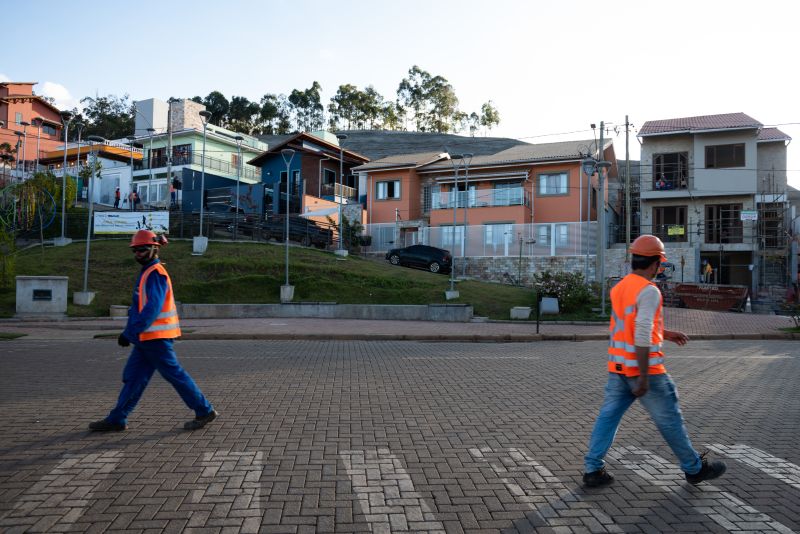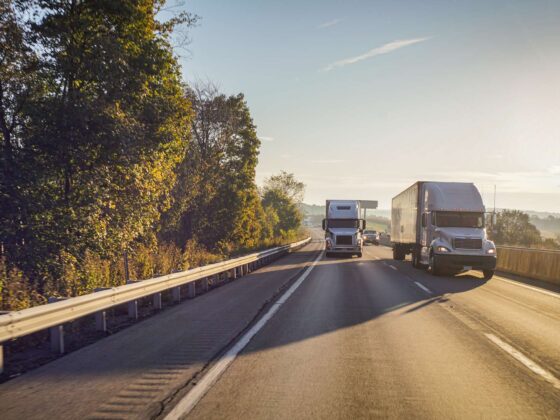In the shadow of the Mariana Dam disaster, a profound upheaval has swept through the fabric of local agriculture and fisheries, leaving communities grappling with the unforeseen aftermath. The catastrophic failure of the dam unleashed a torrent of contaminated water, flooding fertile fields and disrupting delicate ecosystems, threatening not only livelihoods but also the very essence of sustainable practices that have endured for generations.
Farmers, once confident stewards of the land, now face barren fields where crops once flourished, while fishermen, who have relied on the bounties of nearby waters, find their catches dwindling and tainted. The intertwined fates of these two vital sectors expose a complex web of environmental, economic, and social ramifications, demanding urgent attention and a reevaluation of existing practices.
As the dust begins to settle, the long-term impacts are only just starting to reveal themselves, challenging the resilience of communities and the future of a region that has long depended on its natural resources.
Immediate Effects on Local Agriculture

The immediate effects of the Mariana Dam disaster on local agriculture have been nothing short of catastrophic. Fields that once boasted vibrant crops now lay submerged under a murky layer of toxic runoff, suffocating the soil that farmers depended on for their livelihoods.
The influx of polluted water into irrigation systems has rendered many farmlands uninhabitable, leading to a sharp decline in yields. Farmers, already wrestling with the uncertainty of climate change, now face the added burden of contaminated land and dwindling resources.
Livestock have fallen ill, grazing on tainted pastures, while the local agricultural community grapples with the psychological toll of watching their hard work unravel. As they begin to assess the long-term implications, questions abound: how will they adapt? What support can be mobilized? The devastation is palpable, echoing through the markets that once thrived on their harvests.
In the wake of such disaster, resilience is tested, and the path to recovery seems dauntingly distant.
Contamination of Soil and Water Sources

The Mariana Dam disaster unleashed a tide of devastation that reverberated through the very fabric of local agriculture and fisheries, primarily due to the alarming contamination of soil and water sources. Pollutants, including heavy metals and toxic chemicals, infiltrated the surrounding ecosystems, poisoning fertile lands once brimming with life.
Farmers, who meticulously tended to their crops, suddenly found their harvests compromised—fertility declined, and yields plummeted, leaving them grappling with uncertainty. Simultaneously, fishers ventured into waters that had transformed from a source of sustenance into a dangerous unknown, where fish stocks dwindled as aquatic life struggled to survive.
This calamitous event not only disrupted the natural balance but also threatened the livelihoods of those who relied on this land and water for their sustenance and income, creating a ripple effect of economic despair throughout the community.
Regulatory Response and Recovery Efforts

In the wake of the Mariana Dam disaster, regulatory bodies scrambled to assess the extensive damage inflicted on local agriculture and fisheries, thrusting a spotlight on the inadequacies of existing safeguards. Strikingly, the immediate response involved a multi-tiered strategy incorporating local stakeholders, environmental scientists, and agricultural experts.
Temporary relief measures, including expedited funding for affected farmers and fishermen, sought to alleviate the economic burden while a more comprehensive review of regulatory frameworks was initiated. Amidst this chaotic landscape, voices from the community echoed a pressing need for sustainable practices and stricter oversight, urging a fundamental shift in how such resources are managed.
As recovery efforts unfolded, the challenge remained not just to restore what was lost, but to foster resilience against future calamities, leading to an intricate balance of remedial actions and proactive policy-making that could shape the future of the region’s agricultural and fishing industries.
Conclusion
In conclusion, the Mariana Dam disaster has had profound and lasting repercussions on local agriculture and fisheries, disrupting not only the livelihoods of those directly involved but also the broader ecological balance of the region. The catastrophic spill of toxic waste into nearby rivers and farmlands has rendered once-fertile soils barren and contaminated vital water sources, leading to a decline in crop yields and fish populations.
As communities grapple with the aftermath, it is essential for policymakers to prioritize sustainable recovery efforts that not only restore the local environment but also support farmers and fishers in rebuilding their livelihoods. Addressing these challenges will require collaboration among stakeholders, effective environmental management practices, and a commitment to ensuring that such disasters do not repeat in the future.


